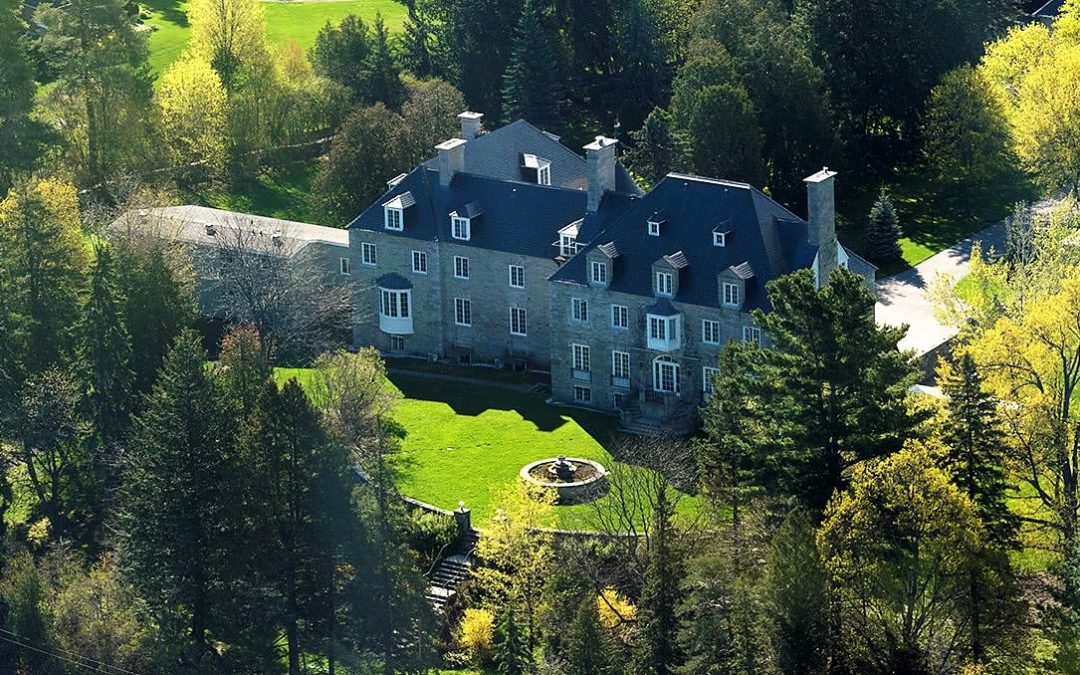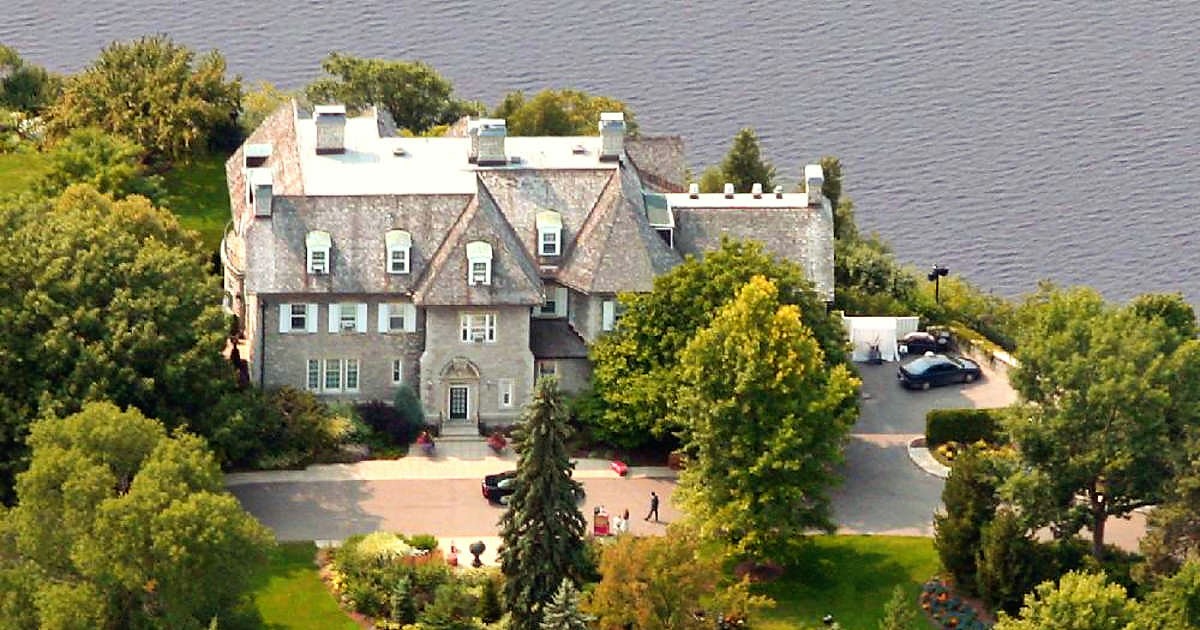24 Sussex Drive in Ottawa is the Canadian equivalent of 1600 Pennsylvania Avenue in Washington, D.C. Except, unlike the White House, the Canadian official residence for the Prime Minister is falling apart and no one really wants to save it.
It’s a historic stone mansion with 34 rooms, four manicured acres, magnificent river views, and an adjacent pool house.
But for three years, the official residence of the prime minister of Canada, also known as 24 Sussex Drive, has stood abandoned.
Its wiring has become a fire hazard; the boiler is obsolete; the exterior stonework is crumbling; and the plumbing blocks up regularly.
The pool added by Prime Minister Justin Trudeau’s father is “rotting,” and air-conditioning comes from inefficient window units that could make it easy for intruders to slip in.
Many of those windows need replacement anyway. Everywhere there is asbestos.
Successive prime ministers have ignored repeated calls to have the place renovated, fearful of adverse public reaction to the spending of taxpayer money.
A 2008 report from Canada’s auditor general said the building, which has not undergone a major refit in more than 50 years, was in “urgent” need of a substantial renovation.
The cost estimate to deal with everything (excluding security upgrades): 38 million Canadian dollars, or $28.7 million.
By Canadian standards that is a vast amount of money for a single-family house, and it has prompted something of a national debate over the fate of the current building and the role of the prime minister’s house.
Stephen Harper, Trudeau’s predecessor, ignored the report, eager to uphold his image as a deficit-fighter and unwilling to move out for the 15 months needed for a renovation.
So when Trudeau was elected in October 2015, he decided not to move into the mansion with his wife and three children.
Instead, Trudeau decamped down the road to another government-owned home, known as Rideau Cottage, on the grounds of the governor general, Queen Elizabeth’s representative in Canada.
With the future of 24 Sussex up in the air, Trudeau has said he’s resigned to not living in the official residence for his entire term, which ends in 2019.
The problem, he says, is one of political perception:
“No prime minister wants to spend a penny of taxpayer dollars upkeeping that home,” Trudeau said.
Although 24 Sussex Drive has seen its share of high-profile visitors, including Sir Winston Churchill and John F. Kennedy, it’s not quite the White House or even 10 Downing Street in London, both of which include government offices as well as private quarters.
The home is primarily a private residence, used occasionally for receptions or dinners with visiting dignitaries.
In fact, for more than 80 years, Canadian prime ministers were expected to handle their own accommodations. It was only in the late 1940s that the government bought the rambling 1860s home along the Ottawa River, built originally by a wealthy lumber baron.
A series of renovations was undertaken that stripped the house of its Victorian ornamentation, and in the early 1950s the prime minister moved in.
Though successive prime ministers featured homey shots of the residence in their annual Christmas cards, 24 Sussex also attracted its share of detractors.
Margaret Trudeau, Justin’s mother, called the place “the crown jewel of the federal penitentiary system.” She added, “I felt it was like a prison.”
Alternative proposals called for a transformation of 24 Sussex Drive into a White House-type complex, but the estimated costs for such project were even bigger – $561.7 million.
No one seriously thinks that’s going to happen.
The house is classified by the Federal Heritage Buildings Review Office as a building of national significance.
Marion Pearson, wife of former prime minister Lester Bowles Pearson, believes it’s time for the debate about the house to be over.
“It might have been more practical to tear it all down and begin again,” she said.
Proponents for fixing up the house, regardless of cost, are a mixed group.
The host of one Canadian home renovation program suggested making its remodeling into a reality television show.
The question is whether Canadians would tune in.

